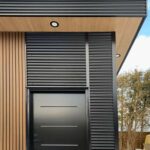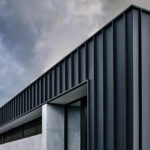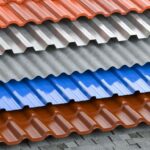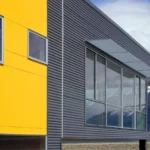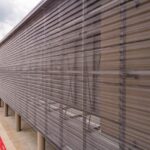When it comes to choosing materials for your interior or architectural project, durability is a crucial factor. Cassette panels and plywood are two versatile options, each with its own strengths and weaknesses. In this showdown of durability, we’ll delve into the qualities of cassette panels and plywood, helping you make an informed decision that ensures your project stands the test of time.
Cassette Panels: Rugged Resilience
1. Weather Resistance
Cassette panels are known for their resilience in the face of harsh weather conditions. They are designed to withstand rain, snow, and extreme temperatures without warping or deteriorating.
2. Corrosion Resistance
Many cassette panels are constructed from materials like aluminum or composites, making them highly resistant to corrosion. This feature is especially valuable in coastal or humid environments.
3. Low Maintenance
Cassette panels require minimal maintenance to keep them looking pristine. Occasional cleaning is usually sufficient to remove dirt and maintain their appearance.
Plywood: Proven Performance
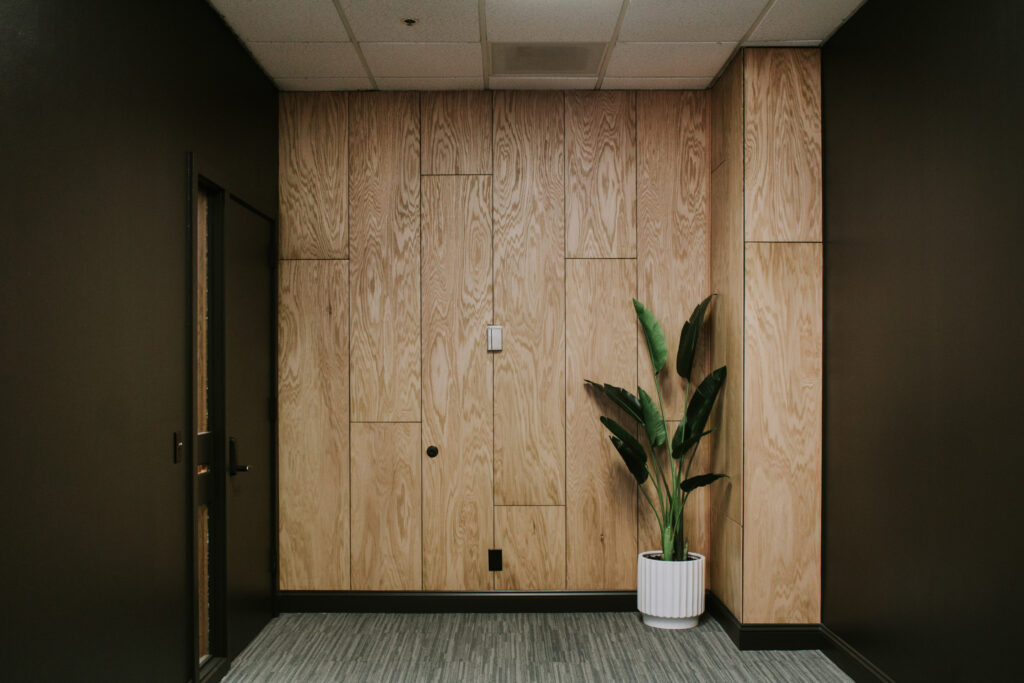
1. Structural Strength
Plywood is celebrated for its structural strength. It can support heavy loads and is commonly used in subflooring, sheathing, and other load-bearing applications.
2. Impact Resistance
Plywood exhibits excellent impact resistance. It can withstand moderate to heavy impacts without breaking or splintering, making it suitable for high-traffic areas.
3. Versatile Applications
Plywood’s versatility extends to various applications, from furniture and cabinetry to decorative wall panels. It adapts well to different design styles and functions.
Environmental Considerations
1. Sustainability
The sustainability of materials is a growing concern. While some cassette panels are eco-friendly, plywood can be sourced from sustainably managed forests, making it an environmentally conscious choice.
2. Recyclability
Plywood is recyclable and can be repurposed into various products, reducing its environmental impact. Cassette panels made from recyclable materials can also contribute to sustainability.
Cost-Effectiveness
1. Initial Cost
Cassette panels, particularly those made from premium materials, may have a higher initial cost. Plywood is often more budget-friendly, making it an economical choice for many projects.
2. Long-Term Savings
While plywood may have a lower upfront cost, cassette panels can offer long-term savings due to their durability and reduced maintenance requirements.
What are cassette panels and plywood, and how do they differ in terms of materials and construction?
Cassette panels are typically made from materials like metal or composites, known for their durability. Plywood, in contrast, consists of layers of wood veneer bonded together, prized for its versatility.
Which material, cassette panels or plywood, is more weather-resistant and suitable for exterior applications?
Cassette panels are designed for exterior use and are highly weather-resistant. Plywood can be used outdoors but may require additional weatherproofing measures.
In what applications does plywood excel, and how does its structural strength contribute to durability?
Plywood’s structural strength makes it ideal for subflooring, sheathing, and load-bearing applications. It excels in areas where heavy loads or impact resistance are crucial.
Are cassette panels more suitable for modern design styles, while plywood is better for traditional or rustic aesthetics?
While cassette panels are commonly associated with modern designs, plywood’s versatility allows it to complement a wide range of design styles, including traditional and rustic.
Which material is more eco-friendly, cassette panels, or plywood?
Plywood can be sourced from sustainably managed forests, contributing to its eco-friendliness. Some cassette panels are also made from recyclable or sustainable materials.
What is the typical cost difference between cassette panels and plywood, and how does it affect project budgets?
Cassette panels, especially those made from premium materials, often have a higher initial cost. Plywood is generally more budget-friendly, making it a cost-effective choice for many projects.
Do cassette panels require less maintenance than plywood, and how does this factor into long-term savings?
Cassette panels often require less maintenance due to their durability and weather resistance. Reduced maintenance needs can lead to long-term savings despite their higher initial cost.
Can cassette panels and plywood be used together in a design project to achieve a unique aesthetic or balance between durability and versatility?
Yes, combining cassette panels and plywood in a project can create an intriguing contrast and allow for a balance between durability and versatility, resulting in a unique aesthetic.
Are there any environmental or sustainability certifications for cassette panels or plywood to consider when making a choice?
Look for certifications such as FSC (Forest Stewardship Council) for plywood to ensure sustainable sourcing. Some cassette panels may also have eco-friendly certifications based on their materials and production processes.
How can I determine which material, cassette panels, or plywood, is the best fit for my specific project?
Consider the project’s demands, budget, design vision, and desired durability factors when selecting between cassette panels and plywood. Consulting with design and construction professionals can also provide valuable insights.
Choosing between cassette panels and plywood ultimately depends on your project’s specific requirements, budget, and design vision. Cassette panels excel in weather resistance and low maintenance, making them ideal for exterior applications. Plywood, on the other hand, offers structural strength and versatility for various design styles.
Consider the unique demands of your project, whether it’s enduring harsh weather conditions, supporting heavy loads, or achieving a specific aesthetic. By weighing these factors, you can select the material that best aligns with your durability needs, ensuring a lasting and successful outcome for your design project.


